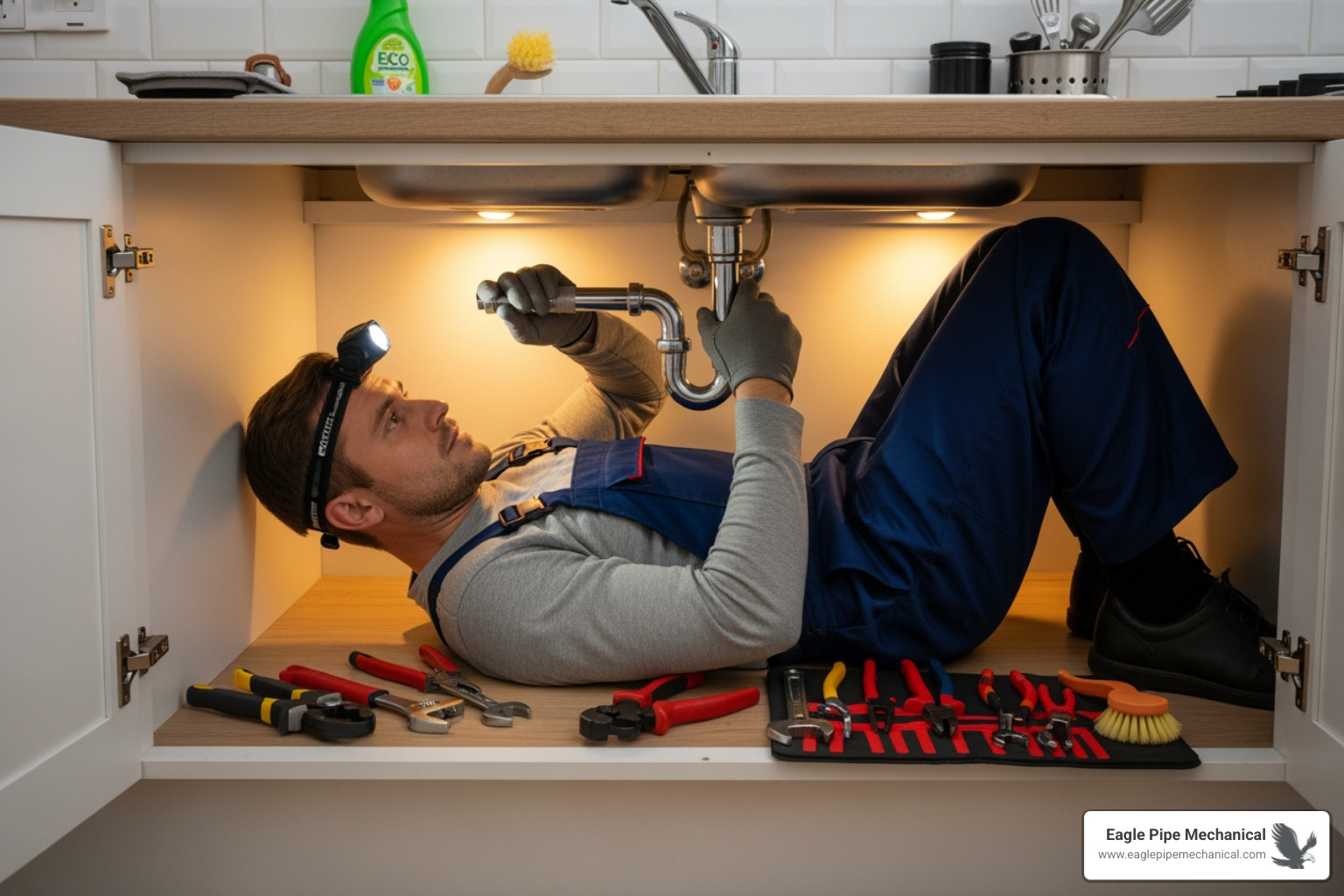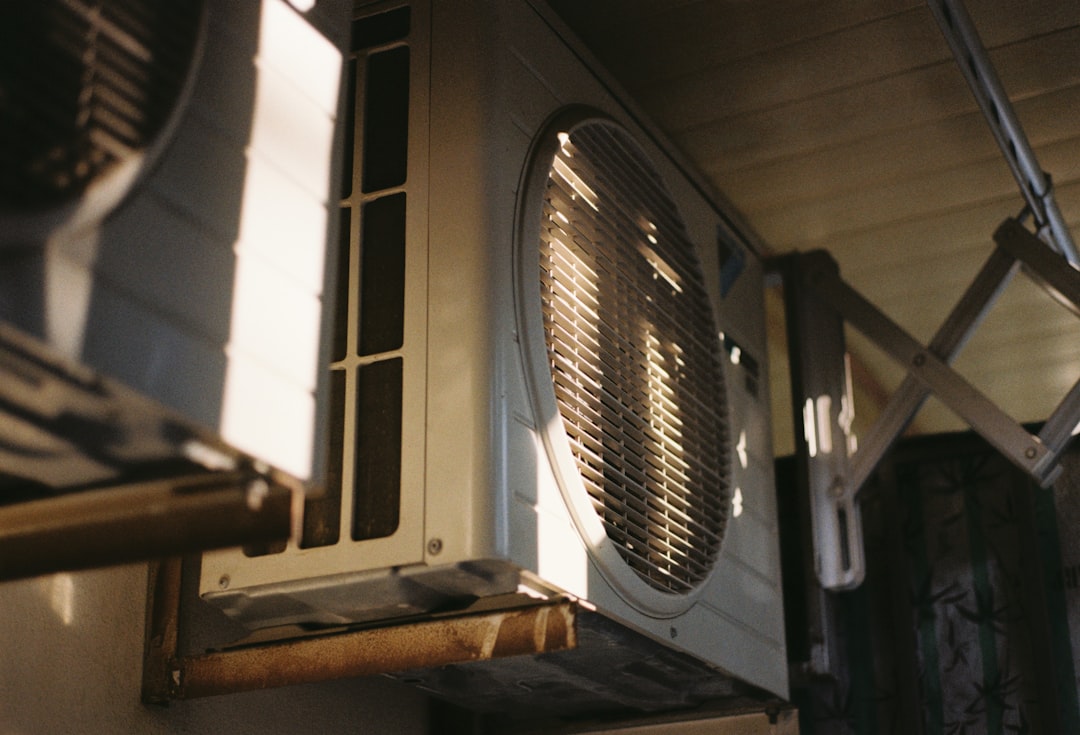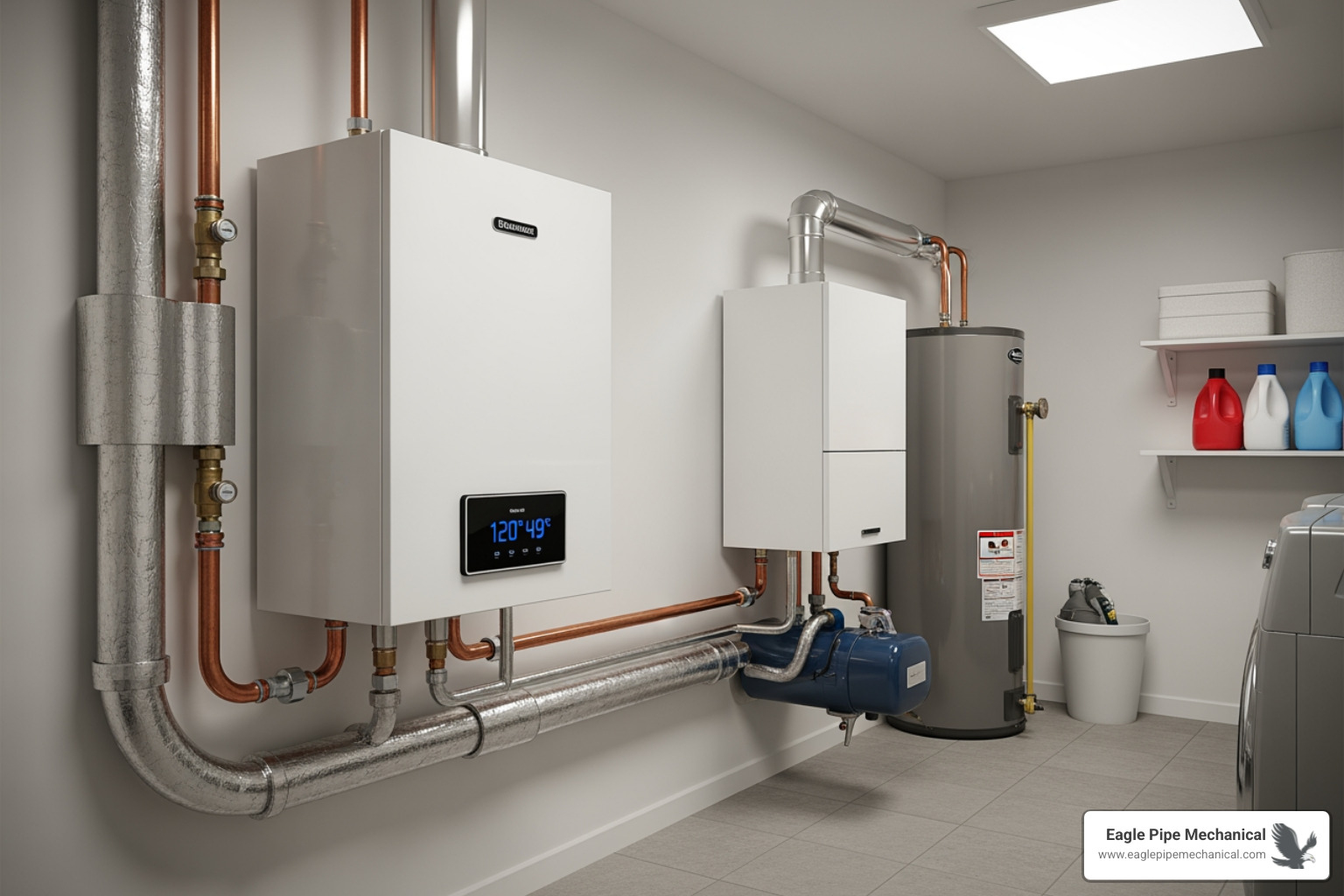When your AC won’t turn on during a hot summer day in Silverdale, it can disrupt your entire routine. Whether you’re getting ready for work or coming home to relax, no one wants to walk into a house that feels just as warm inside as it does outside. This kind of issue doesn’t just affect comfort—it can also be frustrating when you don’t know where to start or what’s causing the problem.
There are a few common reasons why your AC unit might stop working. They range from simple power interruptions to more technical issues. If you can identify the source quickly, you may prevent the issue from getting worse or avoid unnecessary delays in getting it fixed. Below are steps you can take to troubleshoot the problem before calling for AC repair in Silverdale.
Check Power Supply First
Power-related issues are one of the most overlooked causes when an AC doesn’t start. These are often quick checks, but they’re worth going through before moving on to deeper system inspections.
Here are a few things to look at:
1. Confirm the AC unit is plugged in. This may seem obvious, but it’s a simple detail that’s easy to miss if something bumped the cord or if you’ve recently rearranged the area.
2. Check the circuit breaker or fuse box. A tripped breaker can stop your AC from turning on completely. Locate your home’s electrical panel and look for any breakers that are out of position. Resetting a tripped breaker may restore power.
3. Make sure the thermostat is set to “cool.” It should also be set to a temperature lower than the current room temperature. If it’s accidentally switched to “off” or “heat,” the system won’t run.
One homeowner in Silverdale found that their circuit breaker had tripped while they were at work. After checking and resetting it, their AC powered back on instantly. Sometimes, it’s that simple, but skipping this step could lead to unnecessary service delays or confusion when you try to explain the issue.
Checking these items takes just a few minutes and can often save time. If your AC still doesn’t respond after making sure power is reaching the system, the next step is to look at the thermostat.
Call Us
Inspect The Thermostat
The thermostat is the brain of your cooling system. If it’s not communicating with your AC unit correctly, the entire system can fail to turn on. Whether it’s a traditional model or a smart thermostat, you’ll want to make sure it’s functioning properly.
Start by checking the display. If the screen is blank, the batteries may have died. Replace them with a fresh set and see if the display lights up. For wired thermostats, look to see if there’s power reaching the unit. If there’s still no response, it could point to a deeper wiring issue.
Next, check the settings. The system should be set to “cool” and the fan mode to “auto” or “on.” If the temperature setting is too close to the room temperature or set incorrectly, the system may not turn on at all.
If everything looks normal and it still doesn’t respond, lightly press or toggle the temperature settings up and down a few degrees. Occasionally, thermostats lock up or don’t respond immediately, and a slight adjustment can reset the system.
Thermostat issues can be confusing if you’re not familiar with how the device should behave. If the display isn’t lighting up, the connection appears loose, or you suspect the unit isn’t linking to your HVAC system, it’s time to call in our technicians for a closer look. A professional can inspect the wiring and check if the thermostat needs repairs or replacement.
Examine The Air Filters
If your AC is getting power and the thermostat checks out, the problem may be rooted in airflow. Blocked or dirty air filters can seriously impact your AC’s ability to function, and they’re often overlooked during basic troubleshooting.
When filters clog up with dust, debris, or pet hair, the restricted airflow can trigger safety mechanisms within the system, preventing it from turning on or running efficiently. In some cases, the system can overheat and shut off completely as a protective measure.
You’ll want to check your filters by:
– Locating the return air intake, usually found near hallways or in larger rooms
– Removing the filter and holding it up to a light source
– Replacing the filter if you can’t see light passing through it
Homeowners in Silverdale should aim to check filters once a month during peak summer use. If you recently had guests over or did home repairs, debris could build up quicker. Clean filters not only help the AC turn on but also allow it to run more efficiently and keep the air inside your home cleaner.
Simple maintenance like this goes a long way, but if the system still refuses to start, the problem might lie within the unit itself. That’s the next step to check.
Investigate The AC Unit
If everything inside looks fine—power, thermostat, and clean filters—the next step is to take a look at the AC unit itself, especially the outdoor condenser. This part of the system plays a major role in releasing the heat from your home. If it’s blocked, damaged, or clogged up with dirt, it may cause your AC to shut down or not start at all.
Start by listening. When the AC is supposed to run, walk outside and check if the unit is making any sound. If it’s silent, there could be a problem with the motor, capacitor, or power supply. Clicking or humming noises without the fan moving can also signal an electrical or mechanical fault.
Then check the exterior:
– Look for leaves, weeds, or other debris packed around the base or side vents
– Inspect the surface for visible signs of damage like bent fins or dents
– Make sure the unit has adequate space around it to allow proper airflow
Condenser coils are another component to check. If these coils are buried in dirt or surrounded by grime, heat won’t be able to discharge properly, potentially forcing the system to shut down. Washing coils with water, only when the unit is powered off, can help, but if this doesn’t have any effect, the internal components might require a deeper inspection.
One homeowner in Silverdale found a wasp nest wedged under the unit’s access panel. That unexpected blockage caused the system to overheat and trip the safety switch. After it was removed and cleaned professionally, the AC started working again.
Problems at the unit level tend to be more technical and may require specialized tools or testing. If you’re not seeing obvious issues but the system still won’t start, it’s time to bring in trained professionals to safely inspect the deeper components like the compressor, contactor, or control board.
When It's Time To Call A Professional
If you’ve checked the basics—power, thermostat, filters, and outdoor unit—and your AC still doesn’t respond, you’ve probably narrowed it down to a more complex issue. At this point, it’s likely a deeper electrical or mechanical failure that won’t be resolved with surface-level troubleshooting.
Here are several signs that should prompt you to contact our technicians:
– Burning smells or unusual noises
– The AC briefly turns on and immediately shuts off
– Ice forming around the outdoor or indoor components
– The thermostat display works, but the system still won’t start
– Resetting the breaker doesn’t fix the problem
These types of issues often involve internal wiring, refrigerant levels, capacitors, or the system’s safety sensors. Trying to fix these parts without the right tools or training can create more damage or risk injury, especially with electrical parts or pressurized refrigerants. It’s best to step back and leave it to our professionals who deal with these situations regularly.
Calling sooner rather than later can also help protect your system from further damage. Ignoring startup problems could lead to extended shutdowns or more expensive repairs during peak cooling season. Our technicians can quickly track down the cause, make any needed repairs, and perform a safety check to make sure everything is running as it should.
Getting Your AC Back On Track In Silverdale
Troubleshooting an AC that won’t turn on starts with the basics, like checking power, the thermostat, air filters, and looking at the unit itself. These are the steps every homeowner in Silverdale should go through first. The process is usually quick, and in many cases, one of these initial checks can fix the problem right away.
When those parts all look fine and the system still won’t engage, professional service becomes necessary. Electrical faults, mechanical breakdowns, or internal damage can’t be guessed or ignored. Letting these issues sit too long can keep you uncomfortable for days or even cause permanent system damage.
Summer temperatures in Silverdale don’t leave much room for delay. A working AC is more than a luxury—it’s part of keeping your home comfortable and safe. Whether it’s your first time dealing with a no-start issue or you’ve had past problems, getting back on track starts with the right troubleshooting steps and help when you need it.
For homeowners in Silverdale, staying comfortable is crucial, and if your system is still unresponsive after troubleshooting, our professionals at Eagle Pipe Heating & Air understand how vital it is to get your cooling back on track quickly; our technicians are prepared to diagnose electrical issues or mechanical failures so you can enjoy a cool, safe home. To restore comfort to your property, learn more about AC repair in Silverdale from skilled professionals who are ready to help. For a quick estimate or to book a service visit, please contact us today.



